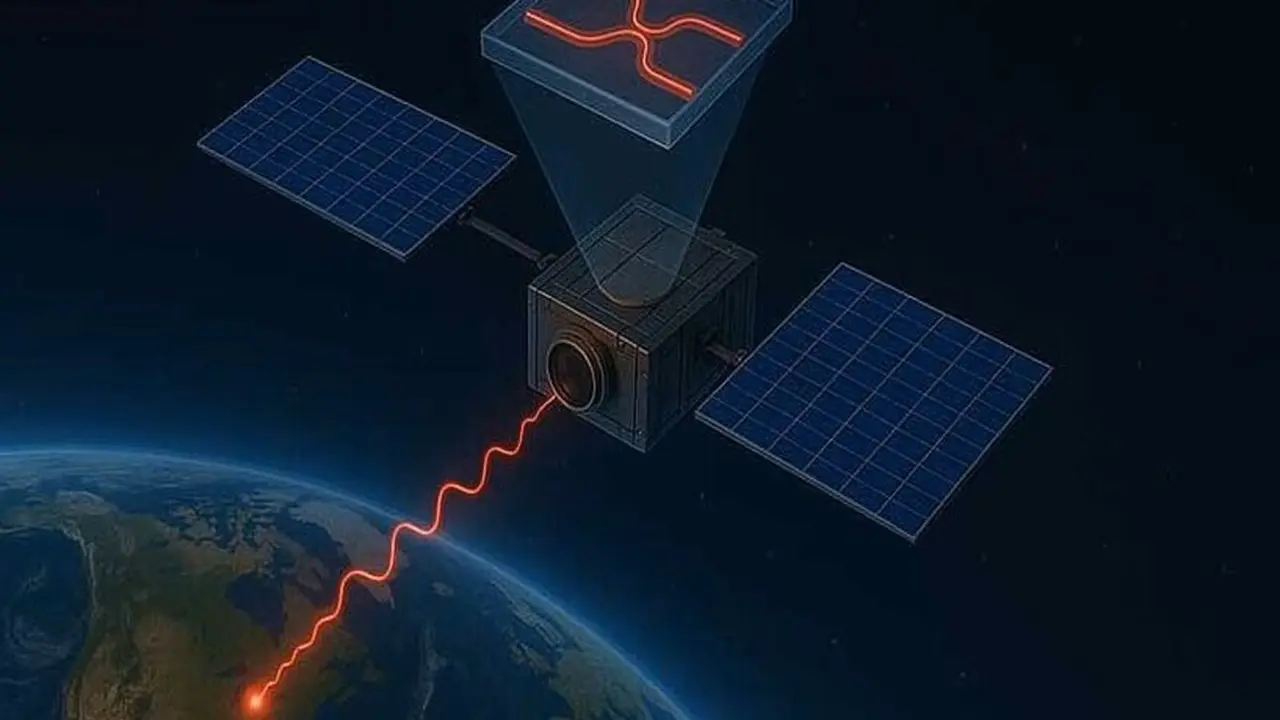A photonic-based quantum computer has been sent into space for the first time. The system, developed under the leadership of the University of Vienna in Austria, was launched from the Vandenberg Space Center in California on June 23 with SpaceX’s Falcon 9 rocket. The quantum satellite computer, which will operate at an altitude of 550 kilometers in Earth orbit, represents an important threshold in terms of data processing and observation technologies.
The first quantum satellite computer has been sent into space
The device contains a quantum processor based on optical systems. It achieves more efficient results by using physical principles such as interference and diffraction in tasks that require intensive processing power for traditional computers, such as Fourier transforms and convolution calculations.

Thanks to this structure, it offers striking advantages not only when compared to classical processors, but also to low-power systems frequently used in space missions. The system was also designed to be flexible and reconfigurable, allowing it to be used in different missions in the future.
The adaptation of quantum hardware to the space environment required a serious engineering process in itself. Scientists from the University of Vienna have made the device resistant to high radiation, vibration and sudden temperature changes. The assembly of the device was completed in just 11 working days in the clean room of the German Aerospace Center in Germany. The satellite is expected to transmit its first data within a week.
Since the new generation quantum satellite can process data on-site, it not only provides energy efficiency but also speeds up decision-making processes. For example, data from sensors detecting forest fires or sudden weather changes can be analyzed directly on the satellite without being sent to Earth. This both reduces the communication load and enables faster intervention in emergencies.
With this success, the first step has been taken for quantum systems that will become a part of the space infrastructure in the future. So what do you think about this? You can share your opinions with us in the comments section below.













